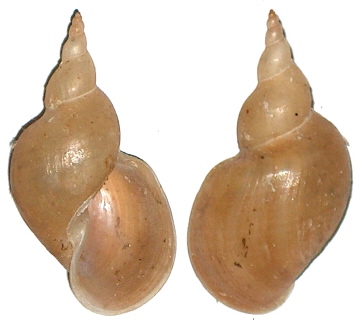Metabolomics was applied to investigate imidacloprid induced sublethal toxicity in the central nervous system of the freshwater snail Lymnaea stagnalis. The snails (n = 10 snails) were exposed for 10 days to increasing imidacloprid concentrations (0.1, 1, 10, and 100 μg/L). The comparison between control and exposure groups highlighted the involvement and perturbation of many biological pathways. The levels of several metabolites belonging to different metabolite classes were significantly changed by imidacloprid exposure. A change in the amino acids and nucleotide metabolites like tryptophan, proline, phenylalanine, uridine, and guanosine was found. Many fatty acids were down-regulated, and the levels of the polyamines, spermidine and putrescine, were found to be increased which is an indication of neuron cell injury. A turnover increase between choline and acetylcholine led us to hypothesize an increase in cholinergic gene expression to overcome imidacloprid binding to the nicotinic acetylcholine receptors. Metabolomics revealed imidacloprid induced metabolic changes at low and environmentally relevant concentration in a nontarget species and generated a novel mechanistic hypothesis.
Source: Sara Tufi et al. Environ. Sci. Technol. 2015, 49, 14529−14536

- Login om te reageren
